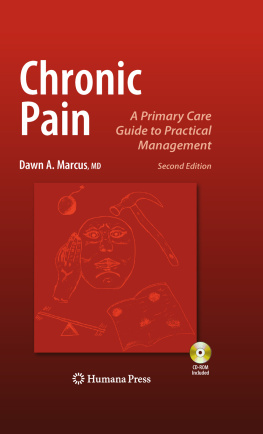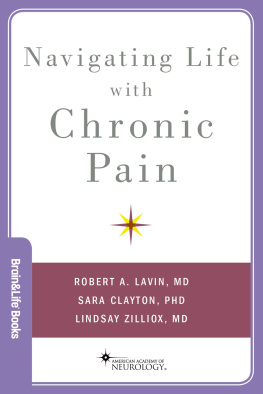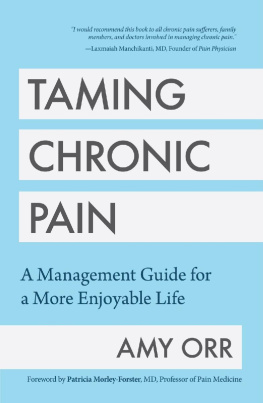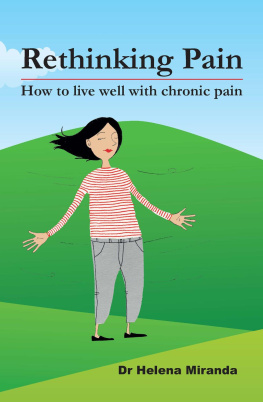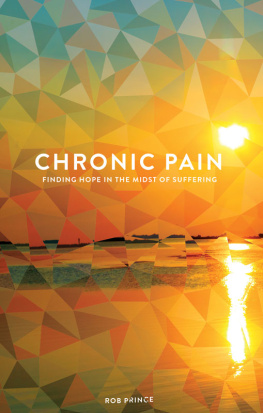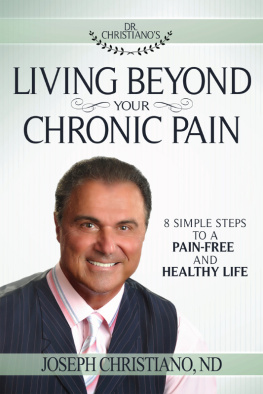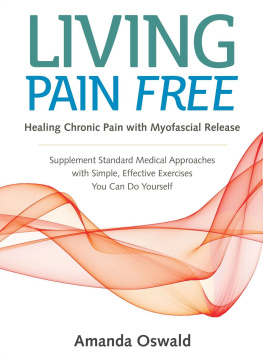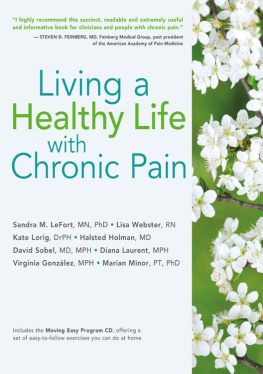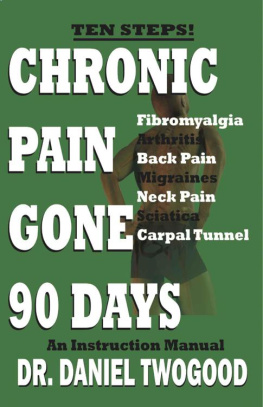Dawn A. Marcus - Chronic Pain
Here you can read online Dawn A. Marcus - Chronic Pain full text of the book (entire story) in english for free. Download pdf and epub, get meaning, cover and reviews about this ebook. City: Totowa;NJ, publisher: Humana Press, genre: Romance novel. Description of the work, (preface) as well as reviews are available. Best literature library LitArk.com created for fans of good reading and offers a wide selection of genres:
Romance novel
Science fiction
Adventure
Detective
Science
History
Home and family
Prose
Art
Politics
Computer
Non-fiction
Religion
Business
Children
Humor
Choose a favorite category and find really read worthwhile books. Enjoy immersion in the world of imagination, feel the emotions of the characters or learn something new for yourself, make an fascinating discovery.
- Book:Chronic Pain
- Author:
- Publisher:Humana Press
- Genre:
- City:Totowa;NJ
- Rating:4 / 5
- Favourites:Add to favourites
- Your mark:
- 80
- 1
- 2
- 3
- 4
- 5
Chronic Pain: summary, description and annotation
We offer to read an annotation, description, summary or preface (depends on what the author of the book "Chronic Pain" wrote himself). If you haven't found the necessary information about the book — write in the comments, we will try to find it.
Chronic Pain — read online for free the complete book (whole text) full work
Below is the text of the book, divided by pages. System saving the place of the last page read, allows you to conveniently read the book "Chronic Pain" online for free, without having to search again every time where you left off. Put a bookmark, and you can go to the page where you finished reading at any time.
Font size:
Interval:
Bookmark:
Introduction
- Pain is reported in four out of every ten primary care visits.
- The most common chronic pain locations are the back, head, and joints.
- Nearly half of all patients with chronic pain will report persistent pain complaints when re-evaluated after 1 year.
- Patients typically believe that their healthcare providers are not interested in addressing chronic pain complaints.
- A pain drawing can provide a concise picture of a patient's pain complaints.
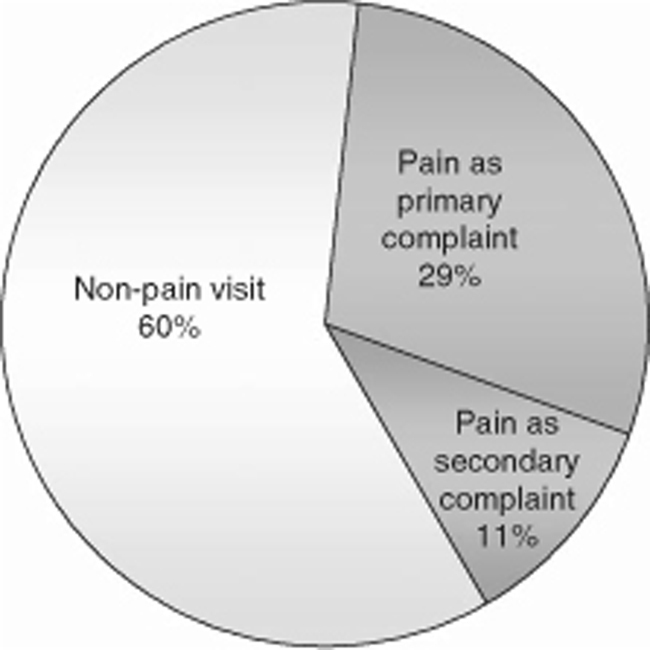
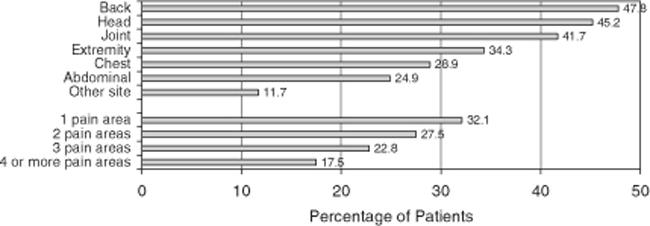
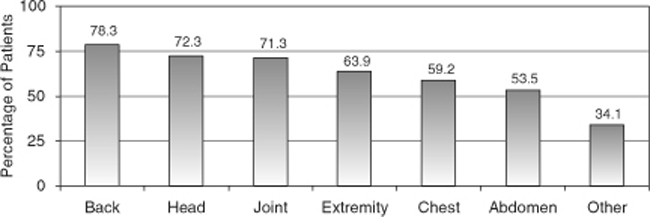
Impact | Percentage |
|---|---|
Sleep disturbance | |
Mood affected | |
Restricted household chores | |
Restricted social activities | |
Job changed due to pain | |
Job lost due to pain |
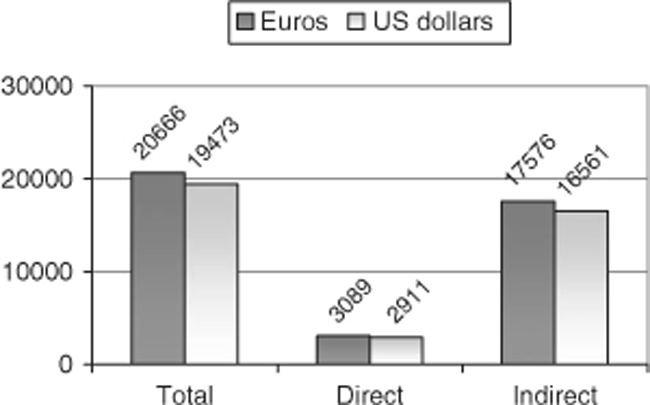
- My doctor does not think my pain is a problem 20%
- My doctor never asks me about my pain 22%
- I don't get enough time to talk to my doctor about pain 23%
- No one believes my pain is as bad as it is 29%
- My doctor would rather treat an illness than my pain 43%
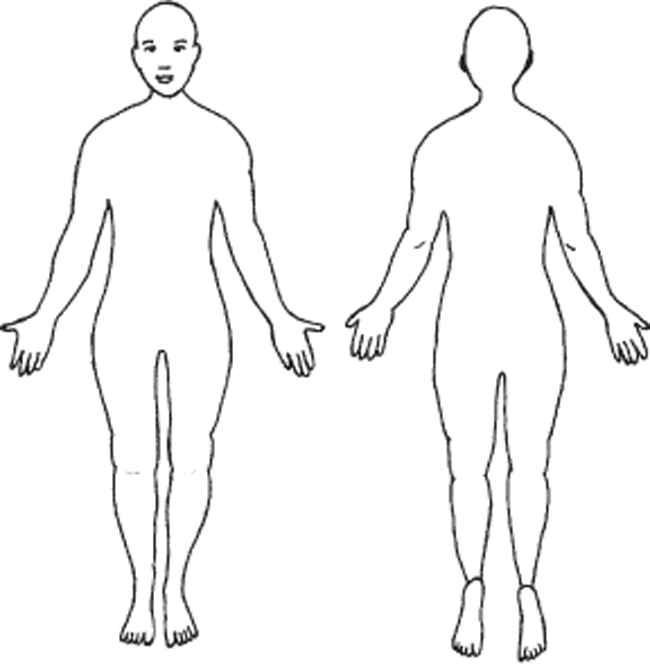

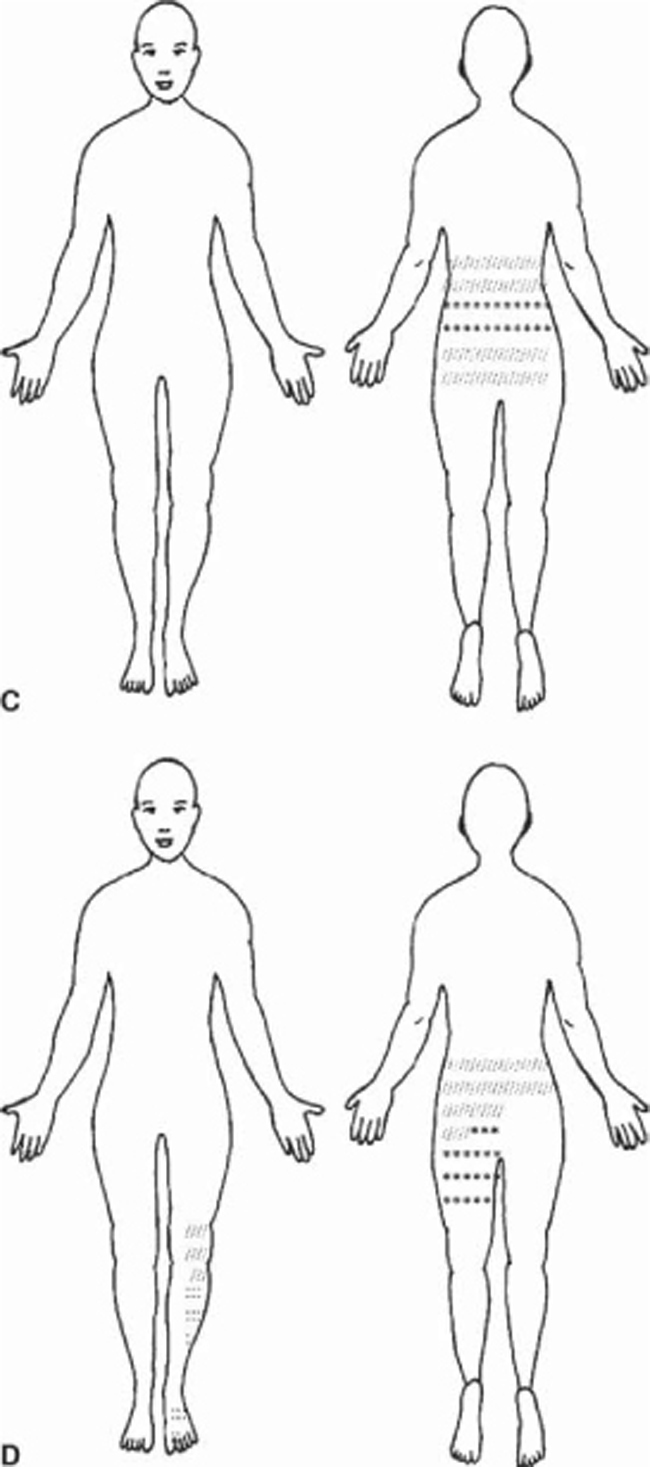
Font size:
Interval:
Bookmark:
Similar books «Chronic Pain»
Look at similar books to Chronic Pain. We have selected literature similar in name and meaning in the hope of providing readers with more options to find new, interesting, not yet read works.
Discussion, reviews of the book Chronic Pain and just readers' own opinions. Leave your comments, write what you think about the work, its meaning or the main characters. Specify what exactly you liked and what you didn't like, and why you think so.

